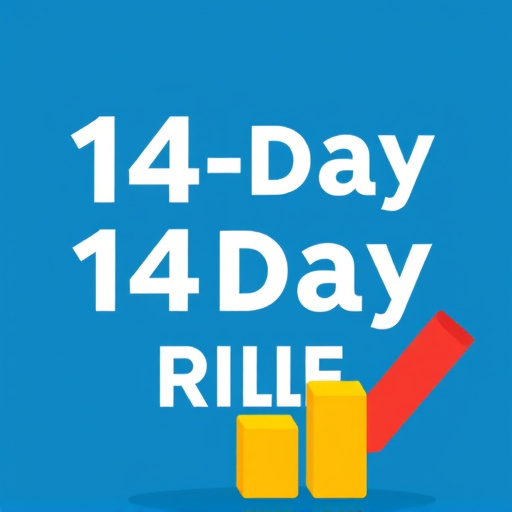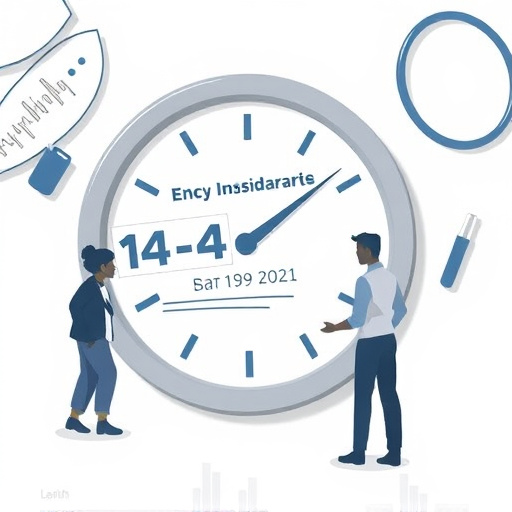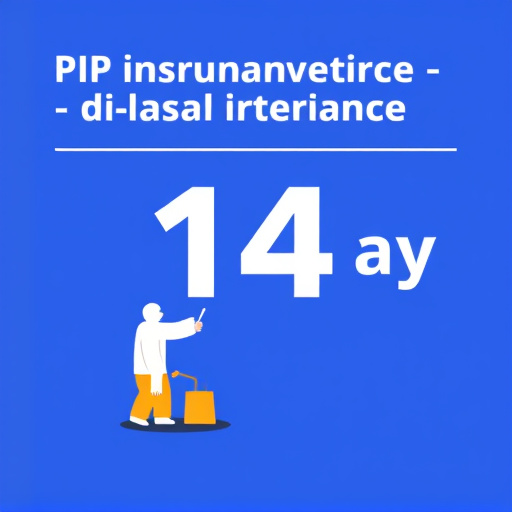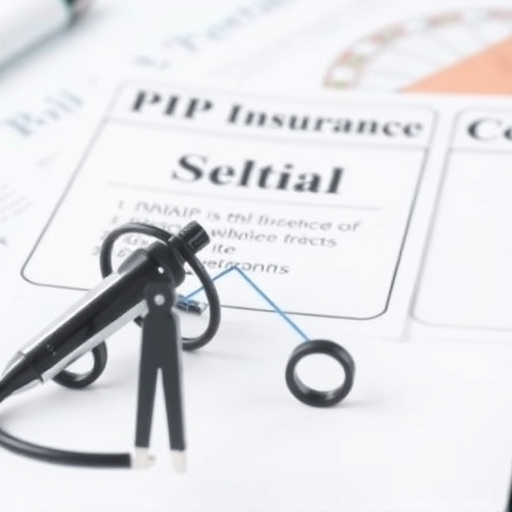Muscle, tendon, and ligament injuries are common, caused by sudden movements or overuse, leading to pain and reduced mobility. Early professional intervention within 14 days, guided by PIP insurance guidelines, is crucial for effective management. This involves RICE therapy, physical therapy, and medication. Understanding PIP insurance coverage and the 14-day rule ensures prompt access to medical care and financial support during recovery. Rehabilitation plans, structured by physical therapists, focus on exercise, rest, and pain management. Preventative measures like regular exercise and proper warm-ups reduce injury risk. PIP insurance covers medical expenses and lost wages, providing financial security while patients recover.
Muscle, tendon, and ligament injuries are common yet often complex to treat. Understanding these structures and their roles in our bodies is crucial to effective management. This article guides you through various aspects of treatment, including navigating PIP (Personal Injury Protection) insurance coverage and the critical 14-day rule. We’ll explore common treatment options, rehabilitation strategies, preventative measures, and more, empowering you with knowledge for optimal long-term health.
- Understanding Muscle, Tendon, and Ligament Injuries
- PIP Insurance Coverage for Treatment
- The 14-Day Rule: A Key Consideration
- Common Treatment Options Overview
- Rehabilitation and Recovery Strategies
- Preventative Measures for Long-Term Health
Understanding Muscle, Tendon, and Ligament Injuries

Muscle, tendon, and ligament injuries are common issues that can affect anyone, from athletes to everyday individuals. These types of injuries often occur due to sudden movements, overuse, or trauma, leading to pain, inflammation, and reduced mobility. Understanding these injuries is crucial in managing and treating them effectively.
When it comes to treatment, seeking professional help within the initial 14 days of injury is essential, as it aligns with the PIP insurance guidelines. This time frame is critical for assessing and diagnosing the severity of the damage. Early intervention can include rest, ice, compression, and elevation (RICE), along with physical therapy exercises tailored to strengthen and rehabilitate the affected areas. Additionally, medical professionals might recommend specific medications or treatments based on individual needs, ensuring a comprehensive approach to recovery.
PIP Insurance Coverage for Treatment

When it comes to treatment for muscle, tendon, and ligament injuries, understanding your insurance coverage is crucial. Many policies include Personal Injury Protection (PIP) benefits, designed to help with medical expenses following an accident. One key aspect of PIP insurance is the 14-day rule, which allows you to initiate claims within a specific timeframe. This ensures that you can promptly access the care you need without facing lengthy delays in reimbursement.
The scope of coverage varies between policies and regions, so it’s essential to review your specific plan details. Typically, PIP insurance covers various treatments, including physical therapy, chiropractic care, and prescription medications related to your injury. Understanding these benefits can significantly impact your recovery journey by providing financial support during a potentially costly period of healing.
The 14-Day Rule: A Key Consideration

When it comes to treating muscle, tendon, and ligament injuries, understanding the 14-Day Rule is essential for anyone claiming PIP (Personal Injury Protection) insurance benefits. This rule stipulates that symptoms of such injuries should improve significantly within two weeks of the initial incident. Any lasting pain or disability beyond this period may indicate a more severe or chronic condition, requiring further medical attention and documentation.
PIP insurance providers often rely on the 14-day rule to assess the validity of injury claims. Therefore, it’s crucial for individuals suffering from these types of injuries to actively engage in appropriate treatments like rest, ice, compression, and elevation (RICE), as well as physical therapy, during this critical window. Following the RICE protocol can significantly promote healing and reduce inflammation, setting the stage for a successful recovery journey.
Common Treatment Options Overview

When it comes to treating muscles, tendons, and ligaments, a variety of options are available depending on the severity of the injury. For minor strains and sprains, rest, ice, compression, and elevation (RICE) is often the first line of treatment. This method helps reduce inflammation, manage pain, and promote healing. Physical therapy is another common approach, focusing on exercises to strengthen and restore mobility.
For more severe cases or when conservative measures fail, medical interventions may be necessary. This includes medications like nonsteroidal anti-inflammatory drugs (NSAIDs) for pain and inflammation reduction. In some instances, corticosteroid injections can provide quick relief. When injuries are severe or involve significant tissue damage, surgical repair might be required. PIP (Permanent Impairment) insurance, governed by the 14-day rule, plays a crucial role in compensating individuals for long-term effects of such injuries.
Rehabilitation and Recovery Strategies

Rehabilitation and recovery are crucial aspects in the treatment of muscle, tendon, and ligament injuries. Following an injury, a structured plan tailored to individual needs is essential for optimal healing. This often involves a combination of physical therapy, exercise programs, and rest periods. Physical therapists can guide patients through specific exercises designed to improve strength, flexibility, and range of motion while also helping to manage pain.
A key strategy in the recovery process is adhering to the PIP insurance 14-day rule, which outlines a timeline for managing inflammation and pain. This rule emphasizes the importance of early intervention, suggesting that prompt action within the first two weeks can significantly impact the long-term outcome. By following this rule and working closely with healthcare professionals, individuals can effectively navigate their rehabilitation journey and ensure a successful recovery.
Preventative Measures for Long-Term Health

Muscle, tendon, and ligament health is paramount for long-term physical well-being. While acute injuries often require immediate medical attention, preventative measures are key to avoiding chronic conditions. Regular, balanced exercise routines targeting all major muscle groups can significantly strengthen connective tissues, enhancing overall resilience. Adequate rest and proper warm-up/cool-down practices before and after physical activities are essential to avoid strain.
Additionally, understanding and adhering to the 14-day rule – a guideline suggesting a gradual return to activity post-injury – is crucial. This period allows for proper healing, reducing the risk of re-injury. PIP (Personal Injury Protection) insurance can also play a vital role in covering medical expenses and lost wages during recovery, ensuring individuals are financially supported while focusing on their health.














